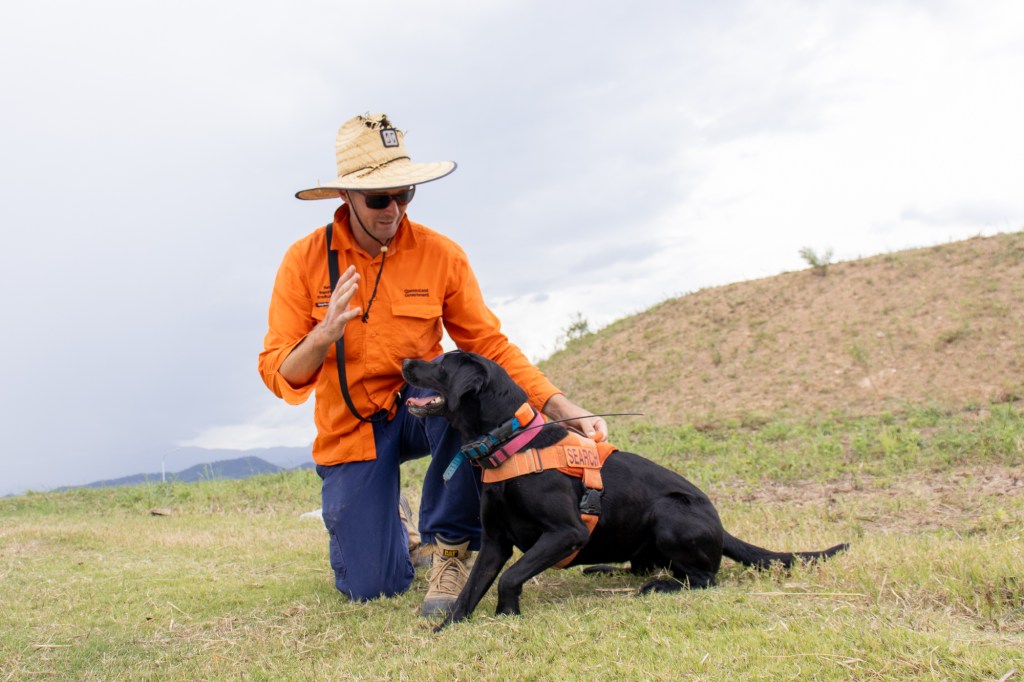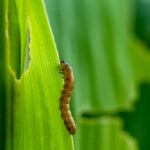Gilgandra farmer Angus Beveridge has helped coordinate the delivery of almost 400 Merino wethers to…
Detection Dogs fight the spread of Fire Ants

Over the last few weeks, the NSW government has been increasing its Fire Ant eradication efforts by focusing on surveillance, tracing and education of the local community.
These efforts include the use of Fire Ant Detection Dogs, who can examine high-risk areas to identify the presence of Fire Ants. High-risk areas include land with large amounts of soil, mulch and quarry products, often used by the ants to travel long distances.

In a study on the effectiveness of Fire Ant Detection Dogs, published in the Journal of Economic Entomology, researchers found that canines were highly skilled at identifying nests, even in areas previously treated with pesticides. According to the report, the dogs “could assist in reducing the frequency and scope of chemical treatments for Red Imported Fire Ant management, and thus reduce labour costs and chemical use as well as improve control and quarantine efficiency.”
Detection dogs can pick up the Fire Ants’ unique odour from up to 50 metres away, and trace it back to its origin. With over 1,200 ant species currently found in Australia, the ability to discriminate Fire Ants from other types of ants is a crucial skill.
According to Biosecurity Queensland, one method of training the dogs is by associating fire ant detection with play. First, the dogs are exposed to Fire Ant pheromones, and then they engage in play with their owner. This helps them to associate Fire Ant detection with positive emotions, encouraging them to quickly identify colonies when out in the field. Known as ‘olfactory imprinting’, the dogs will eventually commit the scent to memory, and no longer need to be presented with the pheromone in order to locate Fire Ants.
Detection dogs are able to work in a broad range of environments, including long grass, open fields and acreage covered in livestock. This makes them an invaluable tool when it comes to fighting off a Fire Ant infestation.
Working with the community
Along with deploying Detection Dogs, the NSW Department of Primary Industries (DPI) has also contacted businesses within a five kilometre biosecurity control zone to inform them of current risks and the need to strictly adhere to biosecurity rules. These businesses are receiving assistance in the evaluation of their properties, in order to eliminate any potential risks. An information bus, parked outside Tweed Shire Council Chambers, provides locals with information about how to slow the spread of these ants, and what they can do to protect their land.

The DPI is urging everyone to check their farms and paddocks for any signs of Red Imported Fire Ants, and report any suspicious sightings to http://www.dpi.nsw.gov.au/biosecurity/forms/report-exotic-ants
It is vital to stop the spread of these dangerous insects. Ranging from two to six millimetres long, they can significantly damage electrical equipment, sting pets and livestock, and kill native flora and fauna.
To read more about the spread of Red Imported Fire Ants, click here.








